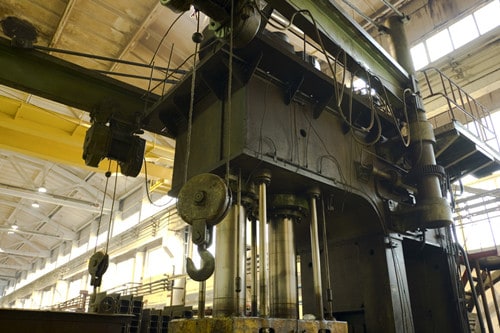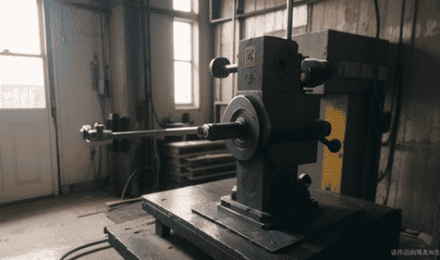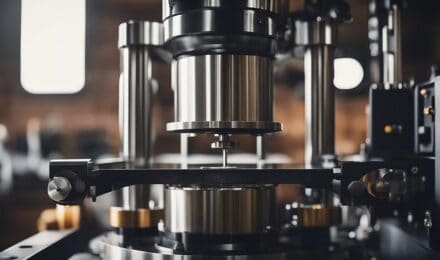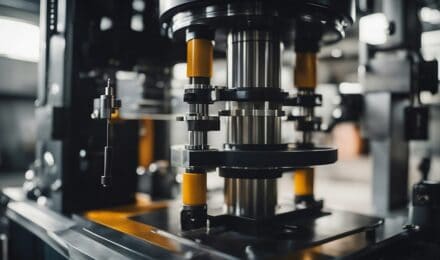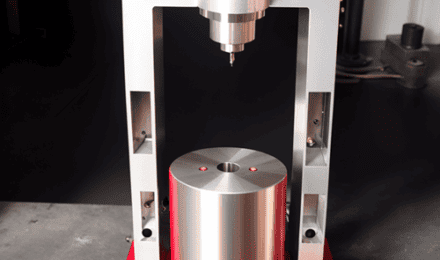-
Energy saving
Compared with traditional hydraulic presses, servo-driven hydraulic presses have significant energy-saving features. Depending on the processing technology and production cycle, servo-driven hydraulic presses can save 20%-60% of electricity. The following is an analysis of the power consumption of the two hydraulic presses in each working stage:
(1) When the slider is fast down and the slider is at the upper limit, the servo motor does not rotate. So no electric energy is consumed. The traditional hydraulic motor is still rotating at the rated speed and still needs to consume 20%-30% of the rated power. This includes the energy consumed by the motor cable, the friction of the oil pump, the resistance of the hydraulic channel. It also includes the pressure drop of the valve and the connection of the mechanical drive.
(2) In the pressure-holding stage of a servo-driven hydraulic machine, the speed of the servo motor only supplements the leakage of the oil pump and the system. The speed is generally between 10rpm-150rpm, and the power consumption is only 1%-10% of the rated power. According to the different pressure holding methods of traditional hydraulic presses, the actual power consumption in the pressure holding stage is 30%-100% of the rated power.
-
Low noise
The oil pump of the servo-driven hydraulic machine uses an internal gear pump. The traditional hydraulic machine generally uses an axial piston pump. The noise of the internal gear pump is 5dB-10dB lower than that of the axial piston pump under the same flow and pressure. The motor of the servo-driven hydraulic machine runs at the rated speed during compression and return. Its emission noise is 5dB-10dB lower than that of the traditional hydraulic machine. When the slider is fast down, the hydraulic machine is at a standstill, and the servo motor speed is 0. So the servo-driven hydraulic machine basically has no noise emission. Due to the low motor speed in the pressure holding stage, the noise of the servo-driven hydraulic machine is generally less than 70dB. The noise of the traditional hydraulic machine is 83dB-90dB.
- Less heat generation
Reduce cooling costs and reduce hydraulic oil costs. The hydraulic system of the servo-driven hydraulic machine has no overflow heating. There is no flow when the slider is stationary, so there is no hydraulic resistance heating. The heating value of the hydraulic system is generally 10% of that of a traditional hydraulic machine. Because the system generates less heat, general servo-driven hydraulic presses may not need a hydraulic oil cooling system. However, some with larger heat generation can come with a low-power cooling system.
-
High efficiency
Through proper acceleration and deceleration control and energy optimization, the speed of the servo-controlled hydraulic press increases greatly. The working cycle is several times higher than the traditional hydraulic press, which can reach 10/min-15/min.
-
High control accuracy
The pressure control link of the servo oil pump system is closed-loop control. The pressure sensor measures the system pressure. The measured pressure does not change with the change of oil temperature and oil viscosity. So the pressure control accuracy is high, the repeatability is good, and the product is improved.
-
Convenient maintenance
The proportional servo hydraulic valve, speed control circuit, and pressure control circuit are eliminated. The hydraulic system is greatly simplified. The cleanliness of hydraulic oil is small, which reduces the impact of hydraulic oil pollution on the system. Traditional hydraulic presses do not have the above characteristics.
After reading the above article, you will understand how to distinguish between ordinary hydraulic presses and servo-hydraulic presses.

